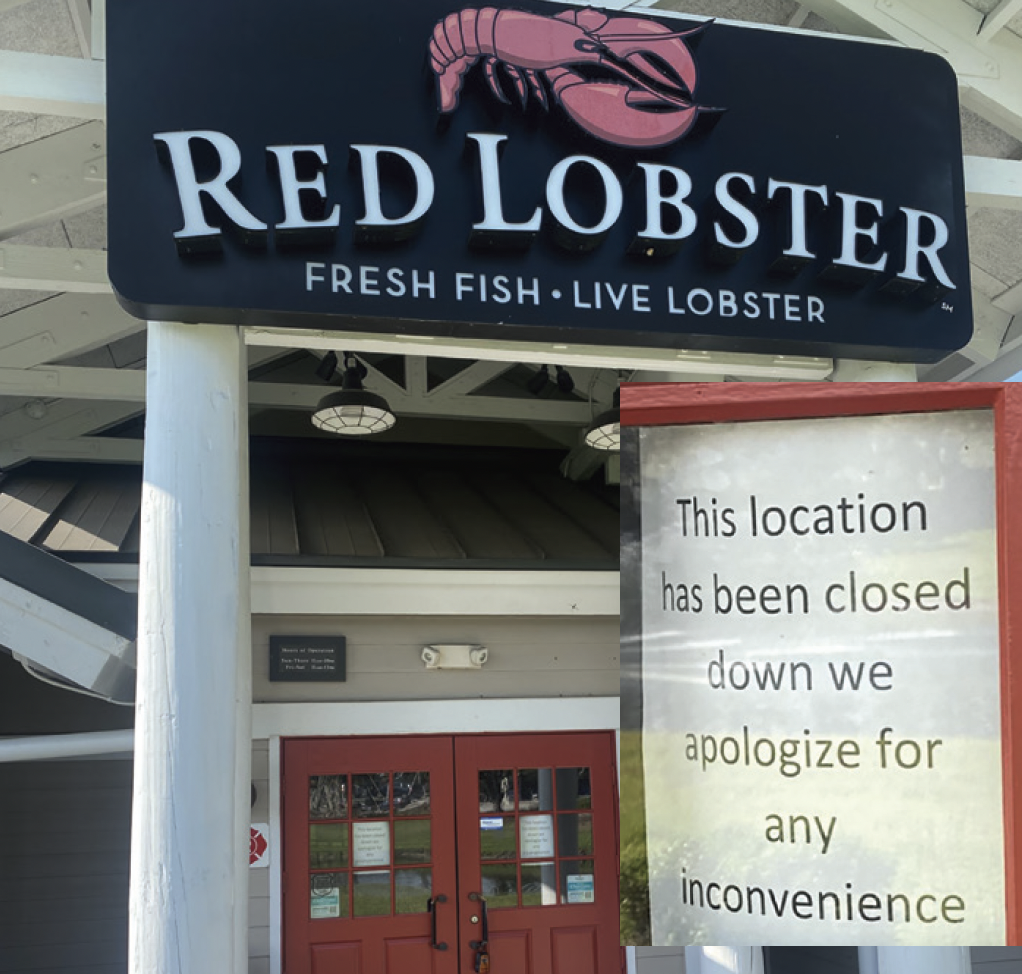
When I lived in New York City in the 1980s, I was told by someone I looked up to in the advertising industry that unlike the real estate business — where the three most important words are “Location, Location, Location” — the rule of thumb for doing business with restaurants was “Get your money up front, Get your money up front, Get your money up front.”
It didn’t take me long to figure out why that was true — at least in Manhattan, where some of my favorite restaurants would get one bad review in any of the major New York media and be out of business in a week. And, this was decades before the advent of online reviews, when anyone with a beef against a restaurant owner could anonymously go online and turn a restaurant’s (especially a new one’s) Google or Yelp rating (or both) to garbage in a heartbeat.
But, in New York, almost every restaurant on every street was an individually owned mom-&- pop, which has always been more of a gamble than opening another link in a well-funded, regional or national, mass-marketed chain.
However, as evidenced by the recent rash of restaurant closings in our area, it’s no longer just mom-&-pop, non-chain restaurants that are being affected by everything from rising food costs and salaries, plus ever-increasing rents/interest rates, as well as the cost of things like building materials to even open a new place.
Case in point: When you see beloved (perhaps not by me, but still by many), well-established chains like Red Lobster (photo), Tijuana Flats and Beef O’Brady’s shuttering multiple locations, that is definitely a cause for concern.
In Wesley Chapel, it seems like 80% of the eateries are chains — whether national or regional — and almost every new place that is popping up (like Rodizio Grill) is at least a small chain. The only exception seems to be Asian restaurants — from Japanese to Indian — which are more often single-location or just 2-3 total family-owned units.
In other words, for every solo Via Italia or Falabella Family Bistro hanging in there you have a 201st location of Fazoli’s (see pg. 49) opening. For every one-off Chick’n Fun that attracts an audience, you’re surrounded by one of nearly 200 Slim Chickens and one of 20+ Chicken Guy! (which is coming soon to the north side of S.R. 56) locations.
Of course, the cost to buy a piece of land and build a new restaurant in Wesley Chapel is becoming prohibitive for anyone other than a chain, but even shuttered fast food places like Wendy’s on S.R. 56 are simply being replaced by another chain — such as Shake Shack, which has nearly 400 locations.
If you visit local online communities, you’ll always see people bemoaning all of the chain restaurants we have and all of the mom-&-pops we don’t have in our area and yet, every year, hundreds of our readers vote mainly for chains and don’t seem to even know about many of the really good mom-&-pop places available to them. Here are some reasons why:
Marketing — Even chains with food that I personally refuse to eat — like Taco Bell and Subway — spend millions of dollars every year on ads that magically make their food look absolutely edible. But, while many new local restaurants intend to spend money to promote themselves, the first thing most cut back on when their build-out inevitably takes longer than they ever expected is that advertising money.
Labor — It seemed like the Covid-19 pandemic exacerbated a dangerous new attitude towards work among young people — the very labor source most restaurants have to look at to fill their employee rosters. And, while the height of the pandemic has been in the rear view for at least three years now — and many fewer people are being paid more to not work than if they have a job — that attitude still seems to be pervasive.
And, since the trend towards higher pandemic-era tipping for waiters and bartenders seemed to settle down somewhat, many restaurants have added service charges (that, unfortunately, aren’t always fairly shared with the employees), charges for using a credit card to pay and other extras that have created higher costs to dine (or take) out and turned off many regular customers.
Food Quality — I still feel that this is the biggest issue of all. Jannah and I believe that an expensive meal is always still worth it if the portions and prices are fair, the service is good and the quality of the food is high. However, overpaying for lower-quality food and/or bad service is never OK with us and I honestly think that many chains — and some mom-&-pops — have cut back on quality while charging more for the same meals, often with smaller portions for a higher price.
I see a lot of people warning that many more restaurant closings are still coming, but I, for one, hope that won’t prove to be true.




No comment yet, add your voice below!